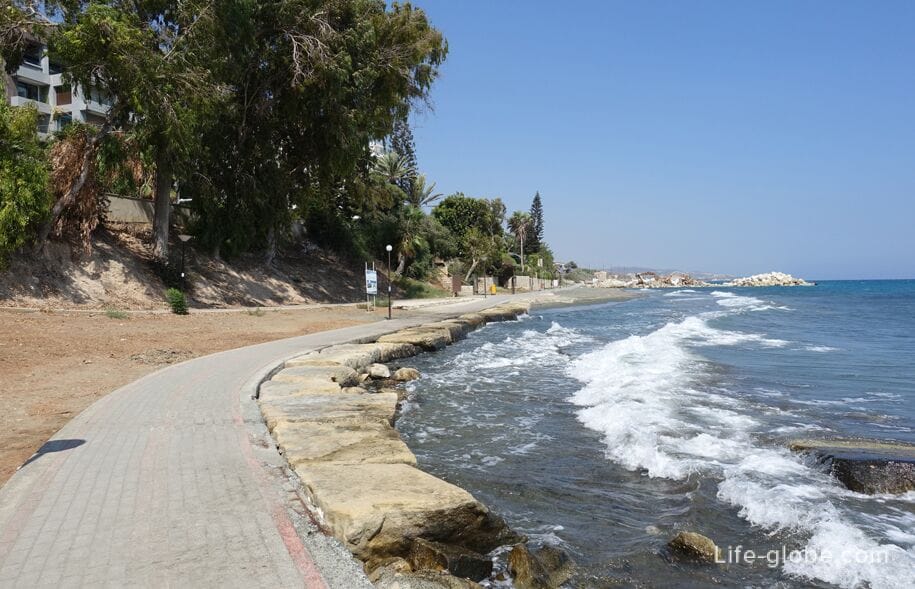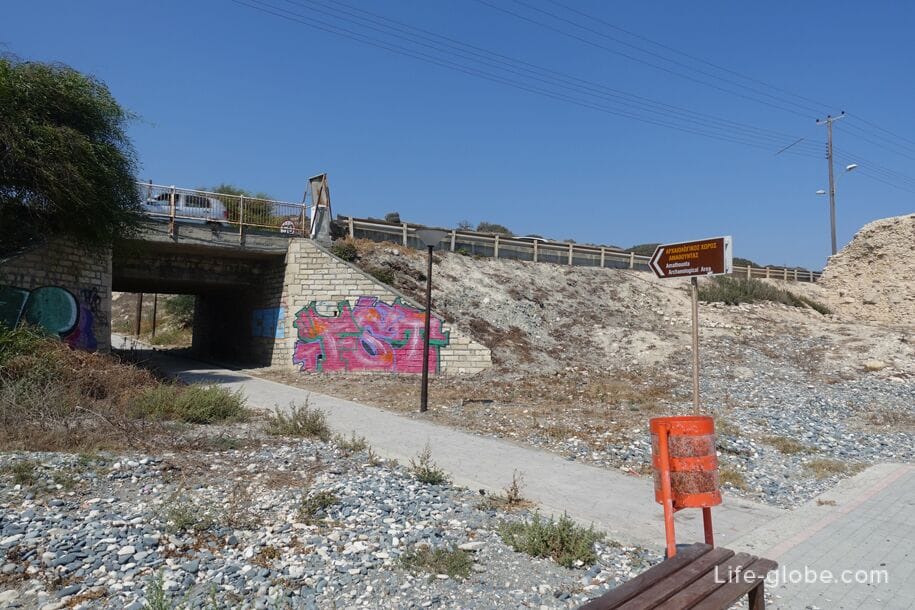
Amatus / of Amaphuntum or Amathounta (or Amathous, Amathus, the Greek name Ἀμαθοῦς or Αμαθούντα) - one of the oldest cities of Cyprus, formed somewhere in the year 1100 BC.
The city is closely related to history and mythology. In the ancient Amathus was one of the most important, equal in Pathos, places of worship of the goddess Aphrodite. Of its ancient sanctuary, discovered during archaeological excavations, was the second most important in Cyprus, after Paphos.
Based on mythology, legendary founder of the city were the kings of Cinyras, who called the city after his mother Amatai. Also, according to legend, it was here that Theseus left the pregnant Arianda.
For centuries Neapolis was conquered by a number of invaders, including Persians, Ptolemies, Romans and Byzantines. At the end of its long history the city was destroyed and abandoned in the 7th century as a result of Arab incursions.
In the course of excavations on the site of the ancient city was discovered historical sites, including the ruins of the upper part (the Acropolis of Amathus) and lower cities. Many of the finds discovered during archaeological excavations, were transferred to the Cyprus Museum in Nicosia and the district archaeological Museum in Limassol. Some objects were sent to the British Museum and the Louvre Museum.
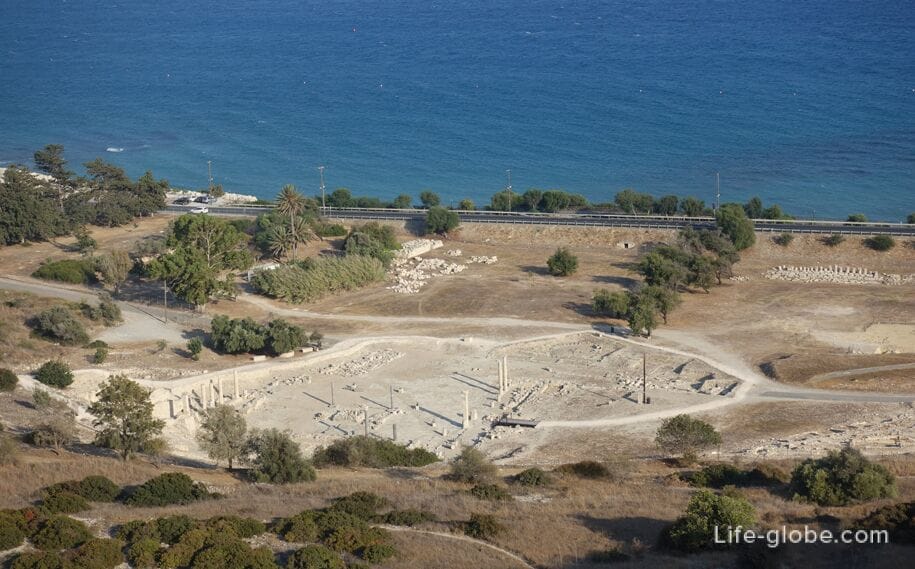
Ruins of the ancient city of Amathus is located on a coastal hill and, currently, consist of two separate sections - upper and lower. Some of the ruins still remained not identified.
Visit the ruins of Amathus anyone can attend. The entrance to the main part of the excavations of the lower city paid the entrance ticket cost € 2.50. To see the upper city (Acropolis) free. The ruins of the upper and lower towns located close to each other.
There are archaeological sites, trails for travel, cash and information stands.
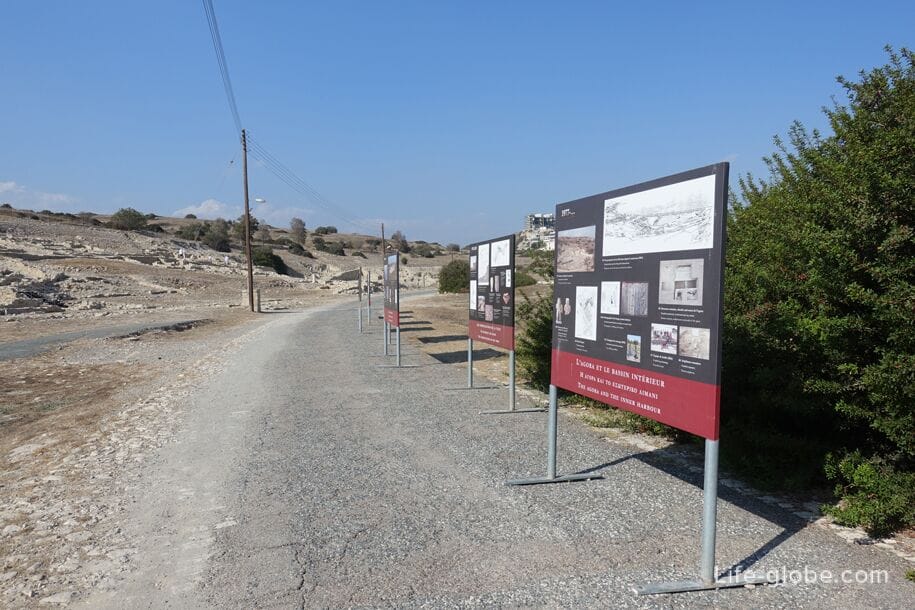
The lower ruins of the city occupy a relatively small area.
The centre of the excavation is Agora - the market square with marble columns, some of which are decorated with spirals. Upon closer examination of the spirals, the question arose, what they were the year? Due to the fact that the spiral columns are made smoothly and symmetrically, it makes you wonder about their technical production. It may be only a copy, recreated for more clarity.
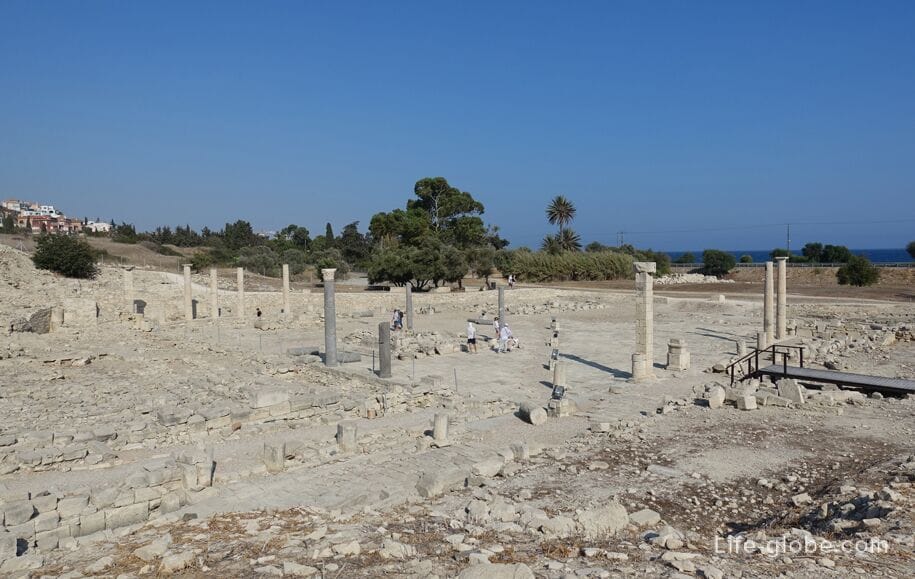
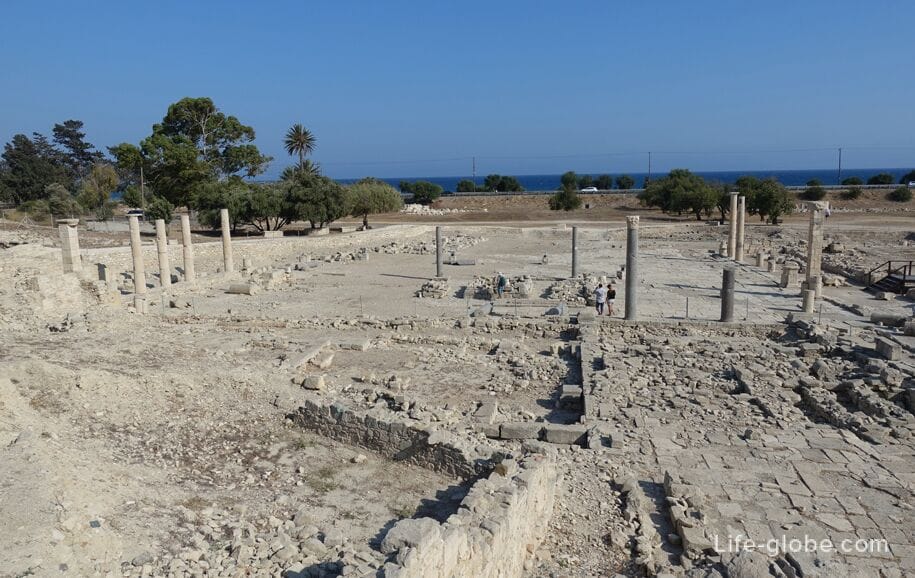
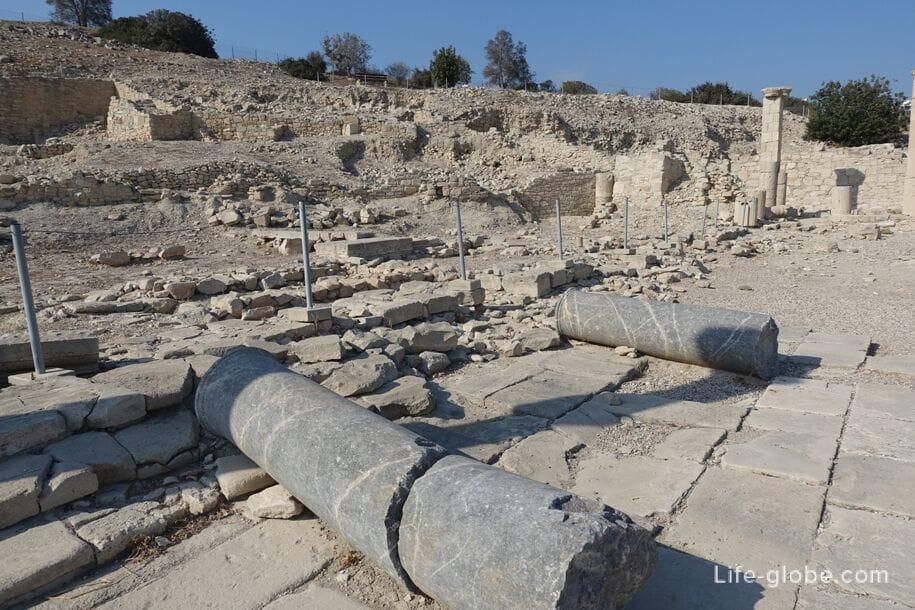
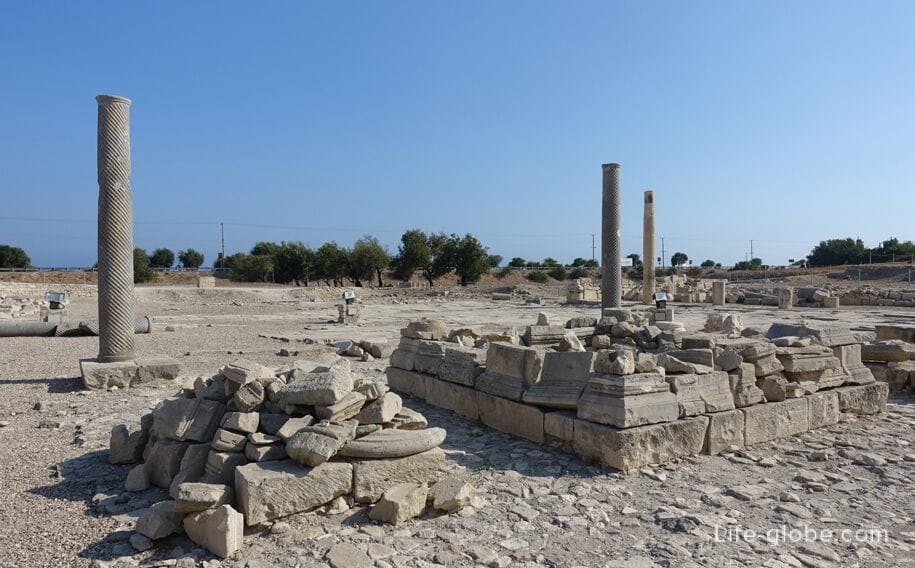
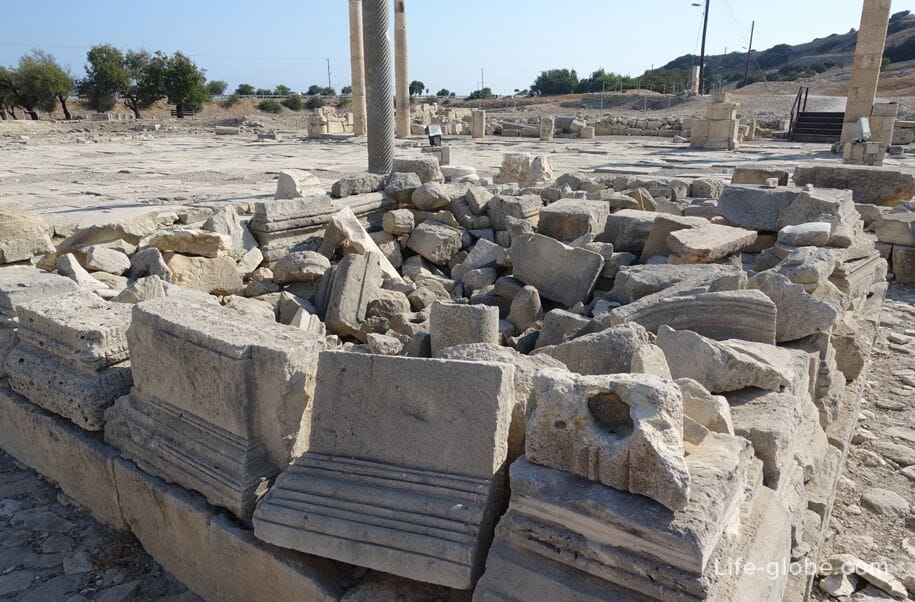

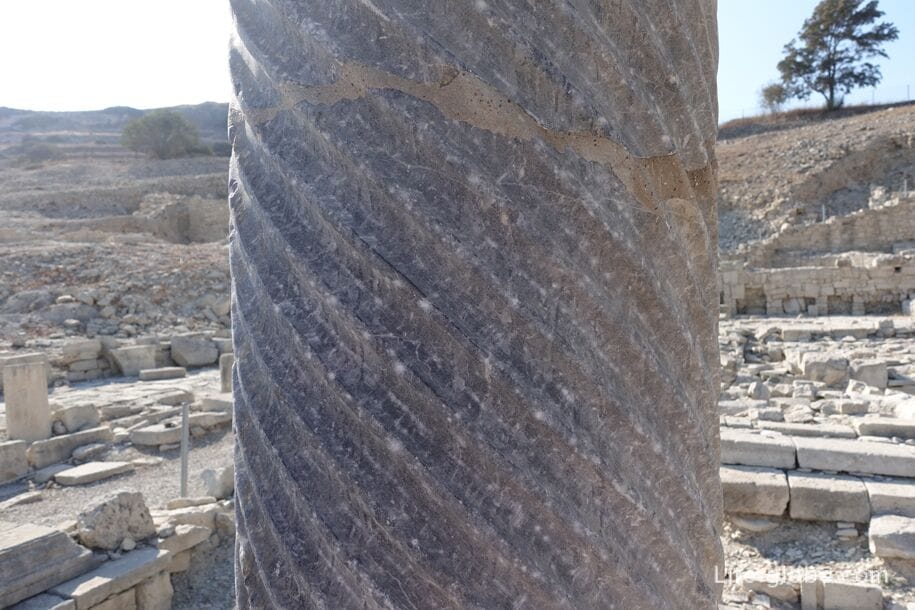
Round bath and pebble mosaic


South of the Agora, courtyard and the portico and shops
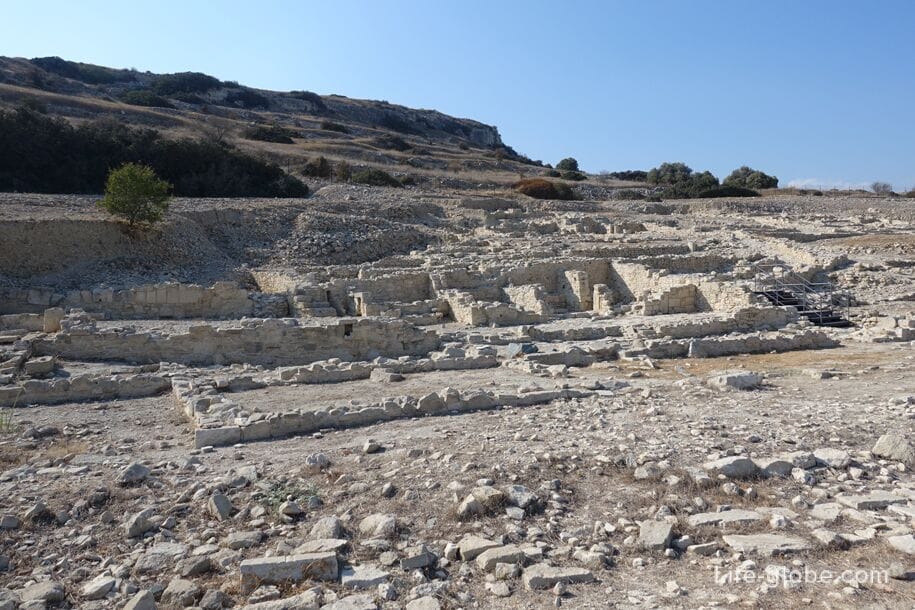
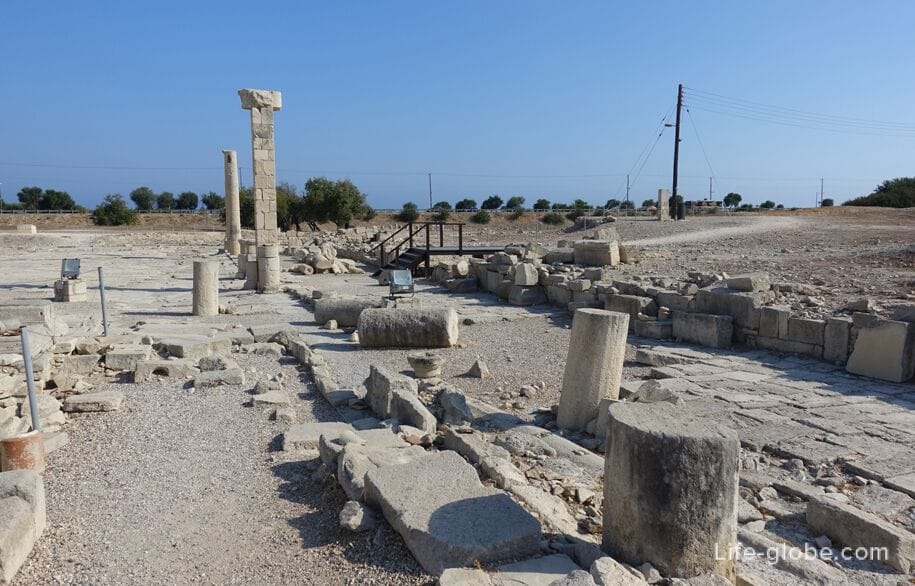
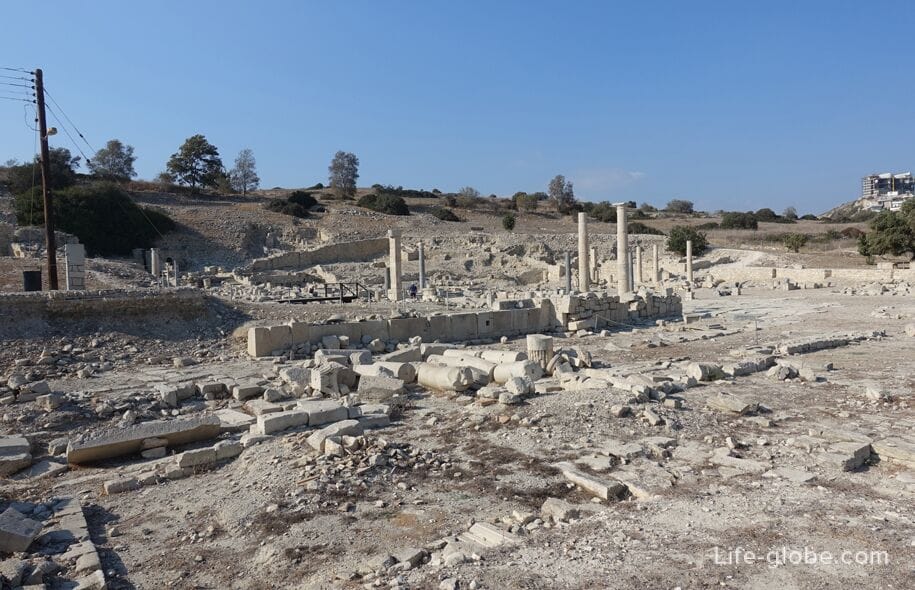
Water tanks, gutter and part of the fortifications
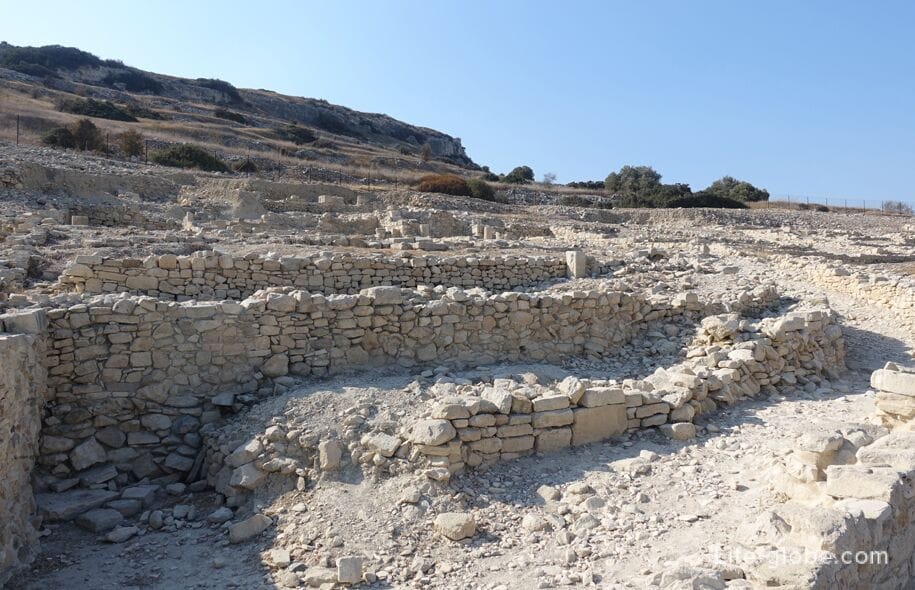
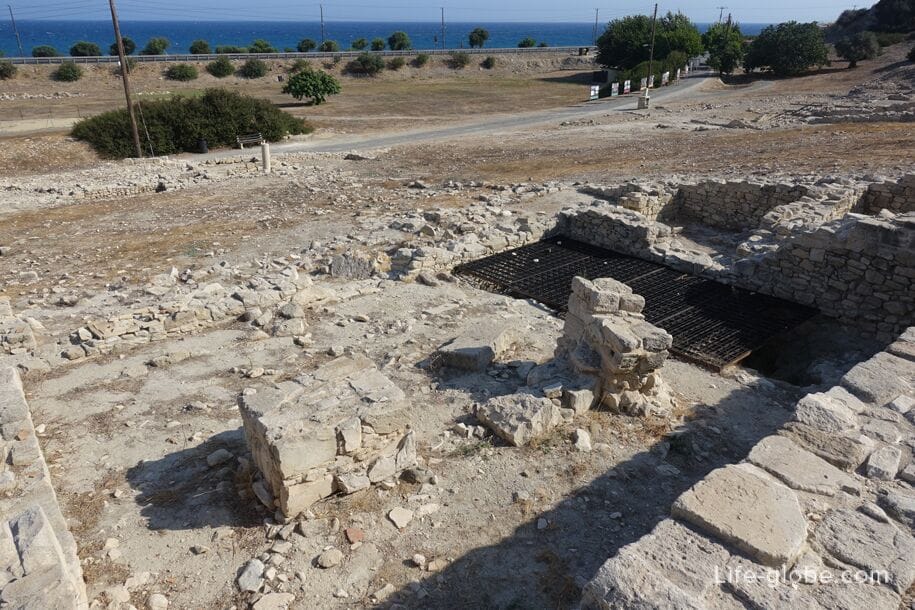

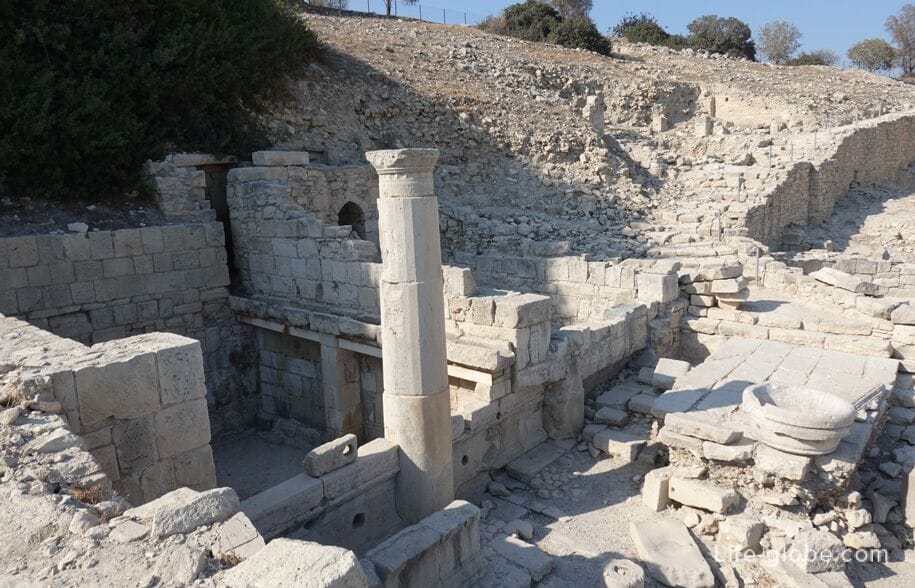
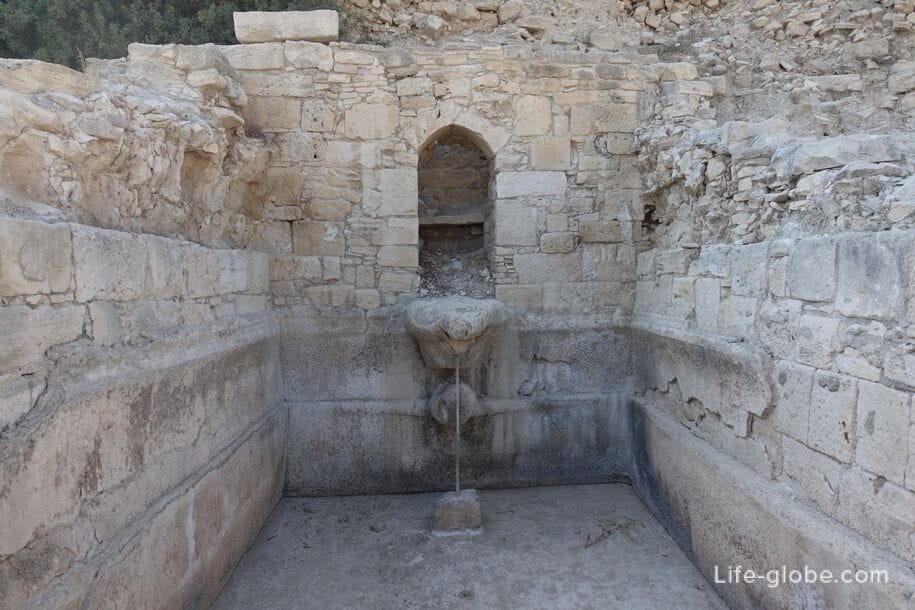

The Eastern portico, street and public baths
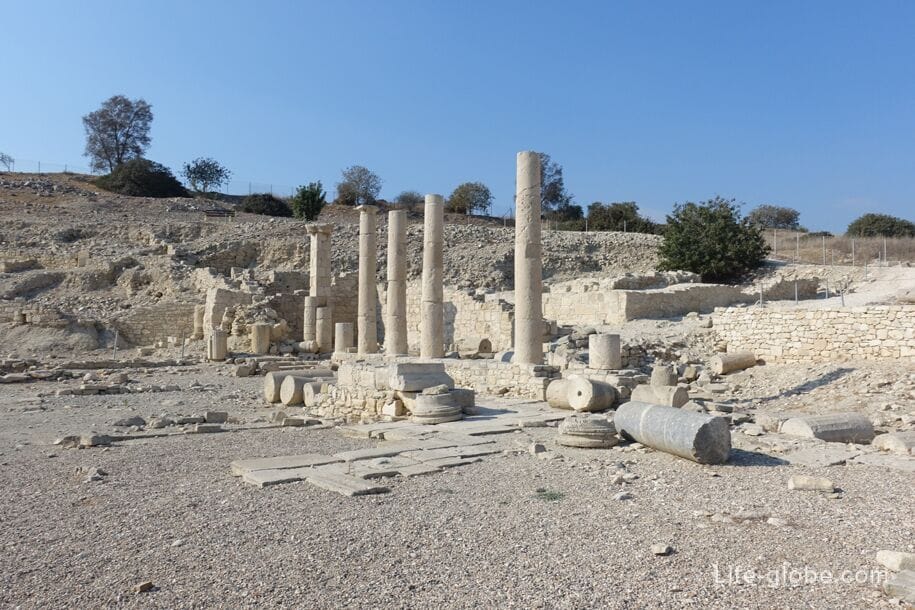


The scheme of the ruins of the lower city of Amathus

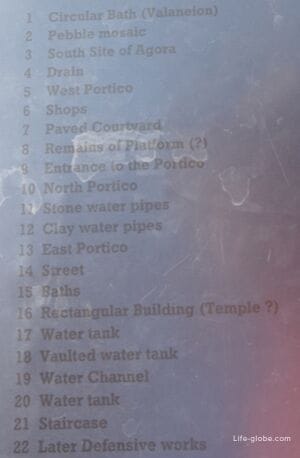
Hours of operation the lower zone of the archaeological site of Amathus
Daily
winter hours (1 November-31 March): 08:30 - 17:00;
spring and autumn hours (1st April-31 may and 1 Sep to 31 Oct): 08:30 - 18:00;
- summer hours (from 1 June to 31 August): 08:30 - 19:30.
Attention! Opening hours and entrance fees may change, please check before visiting.
A small part of the ruins of the lower proud, you can see across the street (W1), near sea line. Apparently, it was the early Christian Basilica.

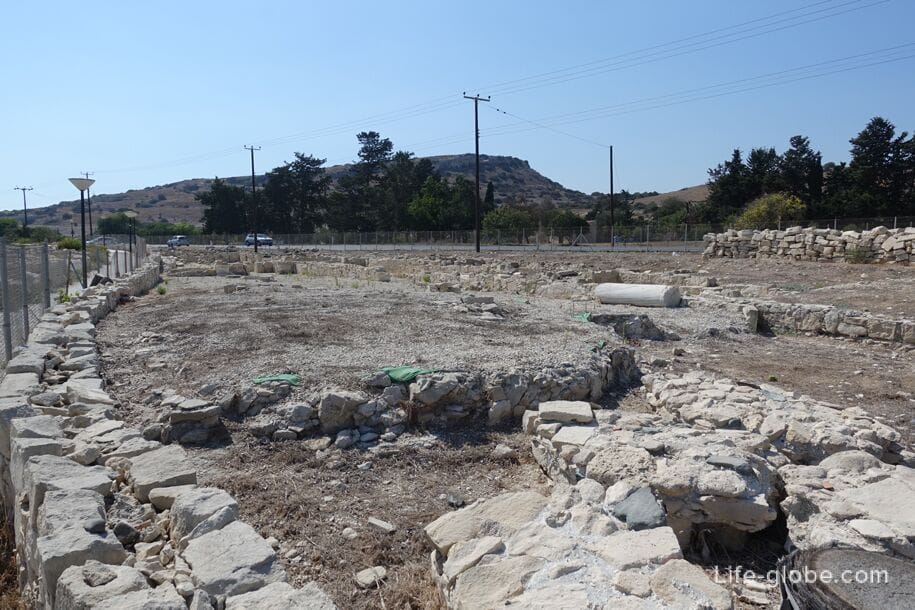
The remains of the upper city of Amathus is located on a hill. The free pass.
On the West side of the lower (paid) part of the excavation also located excavations.
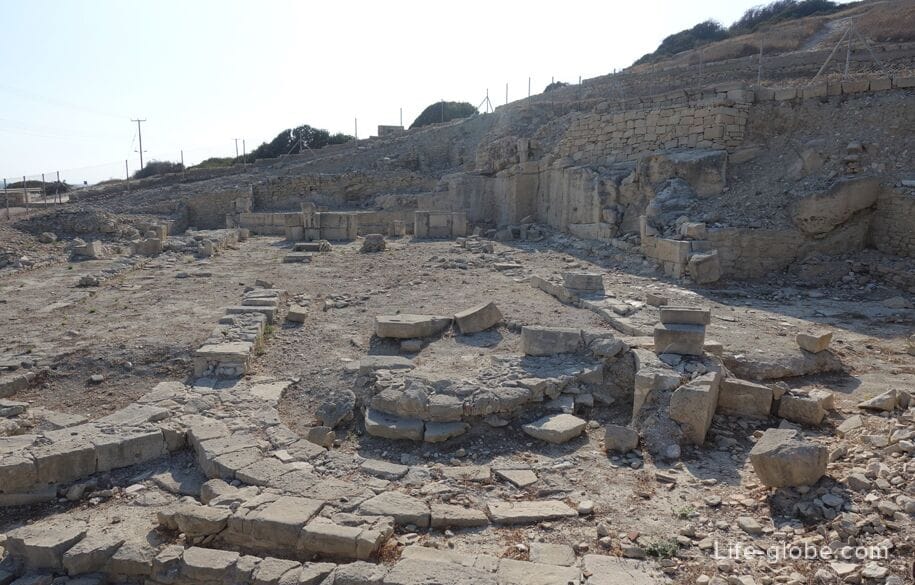
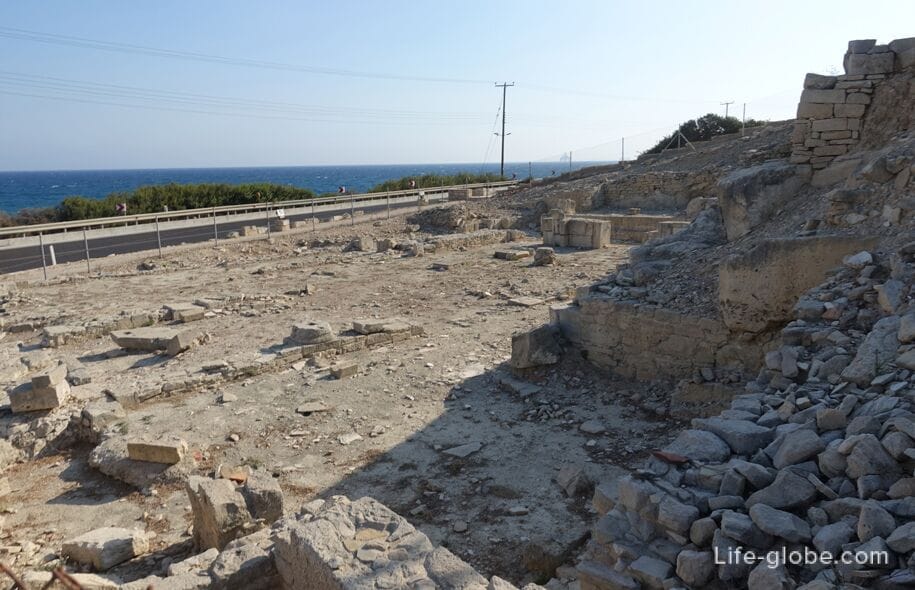
From this area you go up the trail
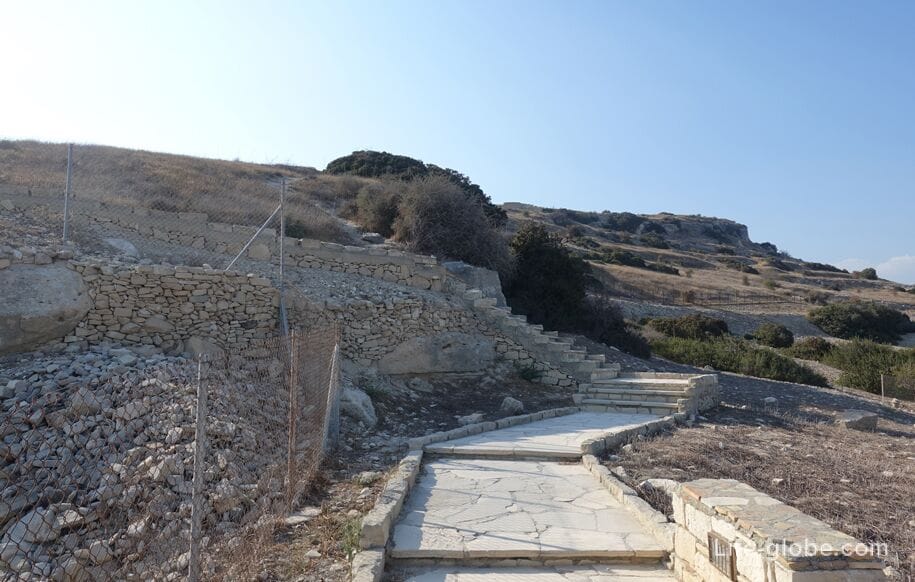

During the ascent you can see scattered here and there on the hillside the ruins of the city. In this part of the excavations were found the remains of a temple and several houses built in a row and belonging to the Hellenistic period. In the Eastern and Western parts of the city - the center of the settlement and the tombs.
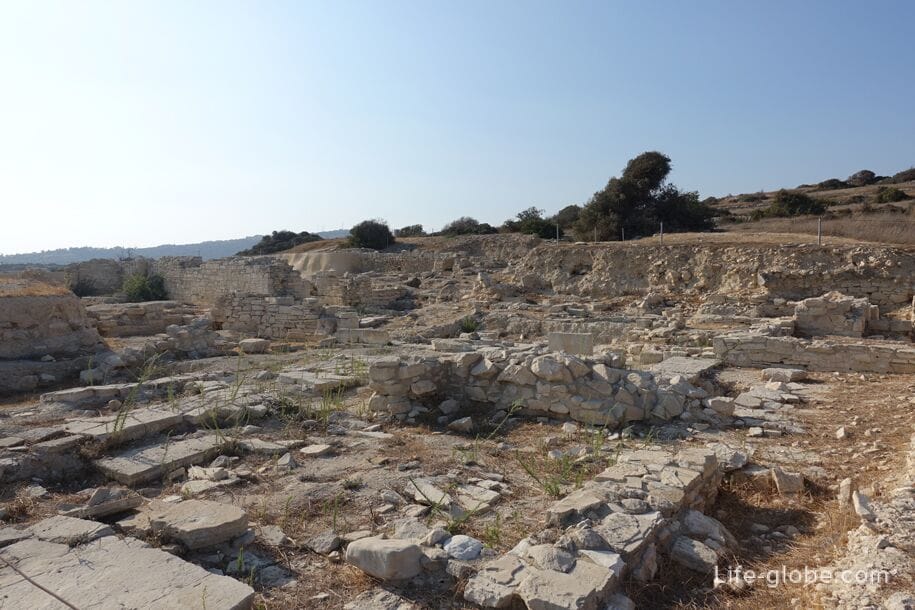
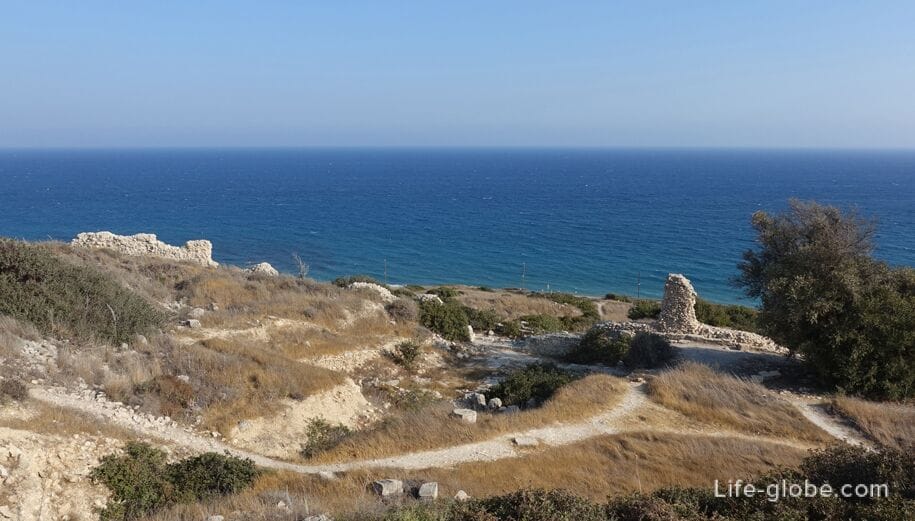
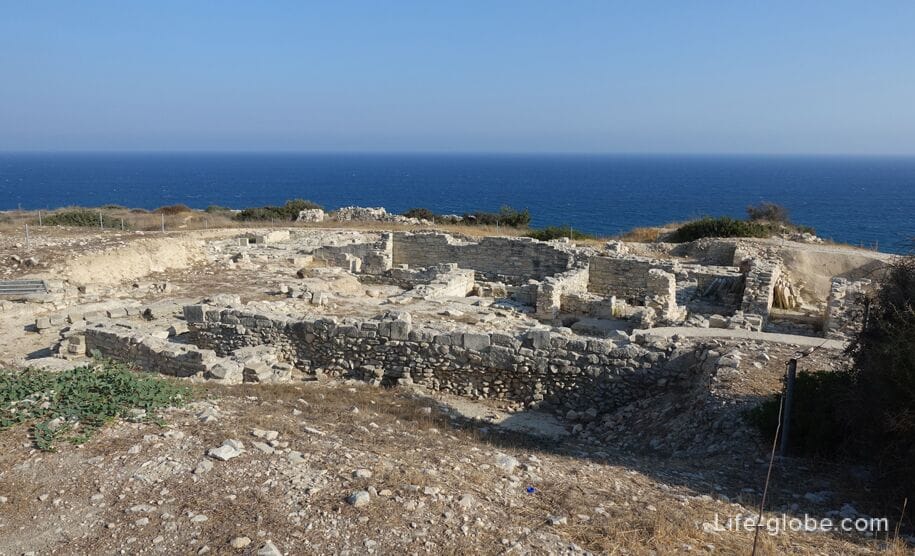
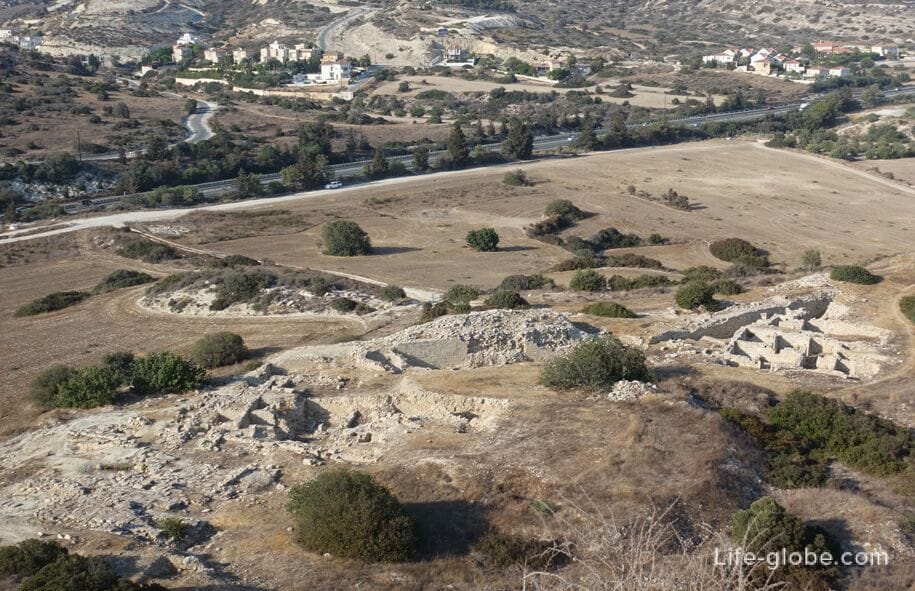
Among the ruins on the top of the hill you can see one of the main attractions of the current buy large limestone vase (amphora) related to the 6th century BC. Vase is 1.85 meters tall and weighs 14 tons. This is a copy, the original is in the Louvre (Paris).
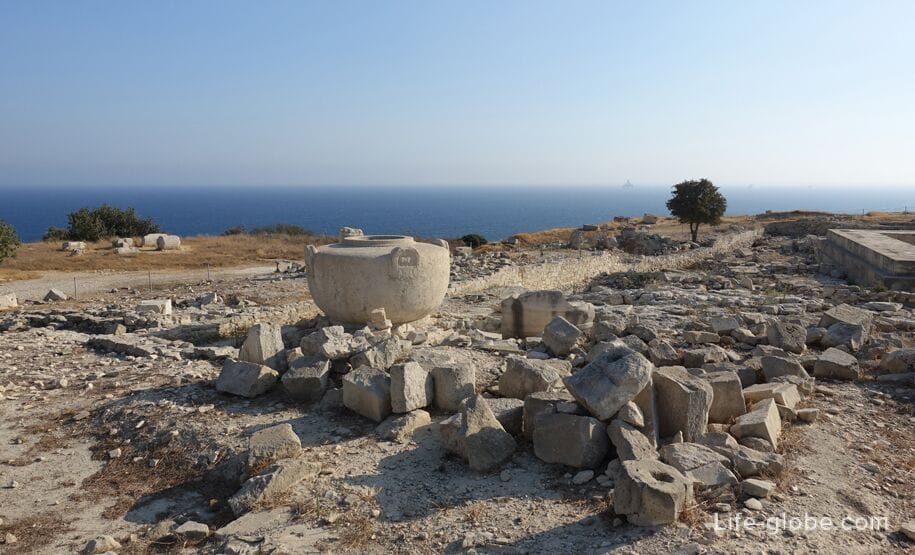
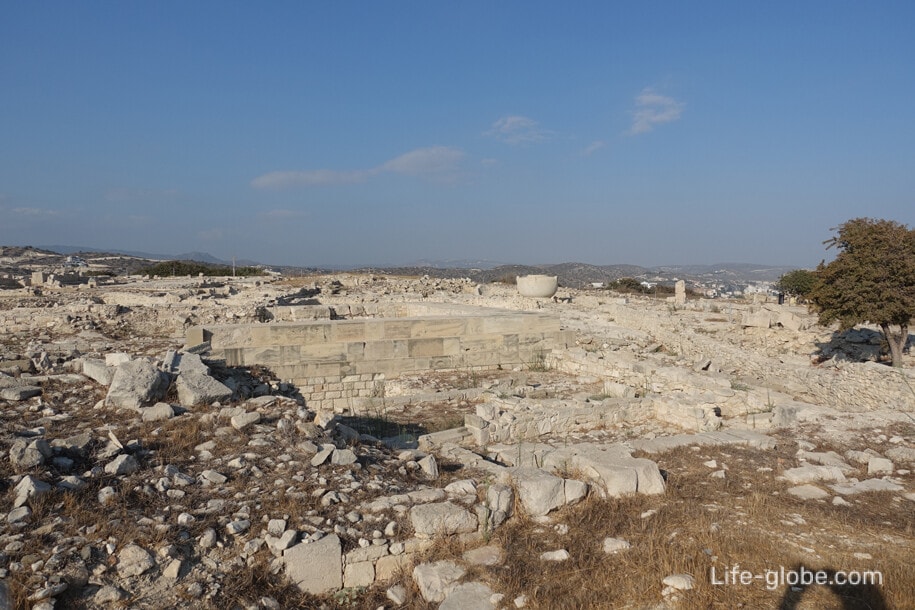
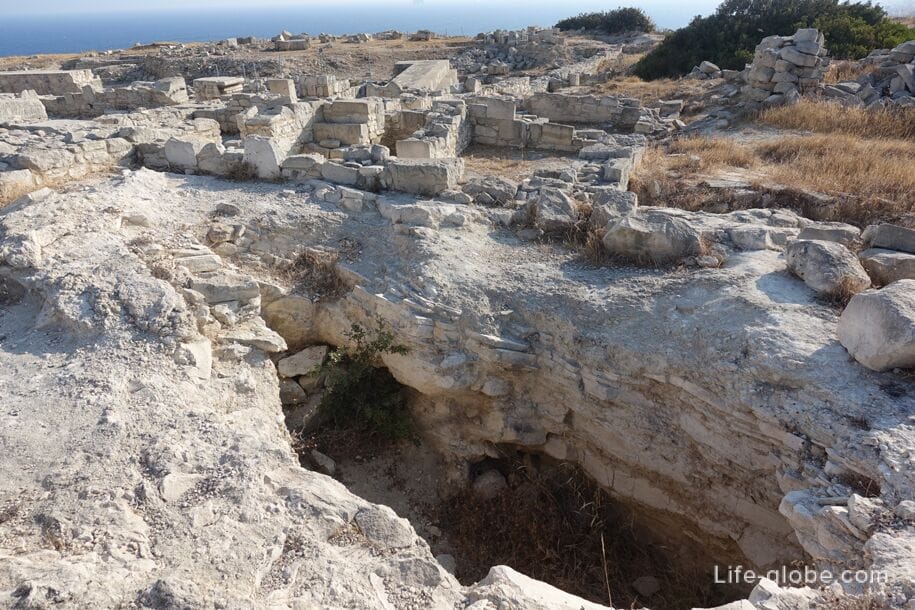
Another beauty of the upper city are the panoramic views like from the top of the hill, and from certain points during ascent/descent. You can see the lower city of Amathus, the Mediterranean sea and the surrounding area.
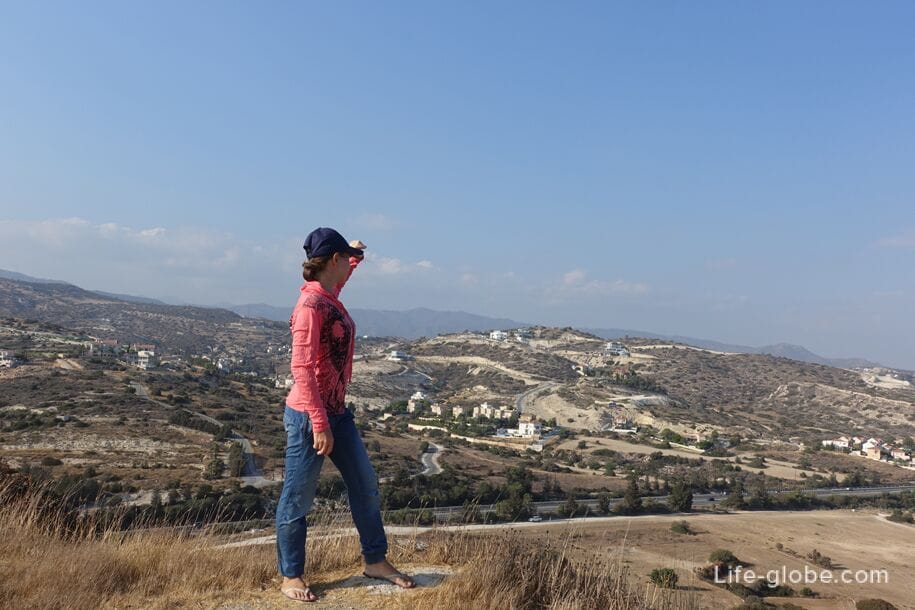
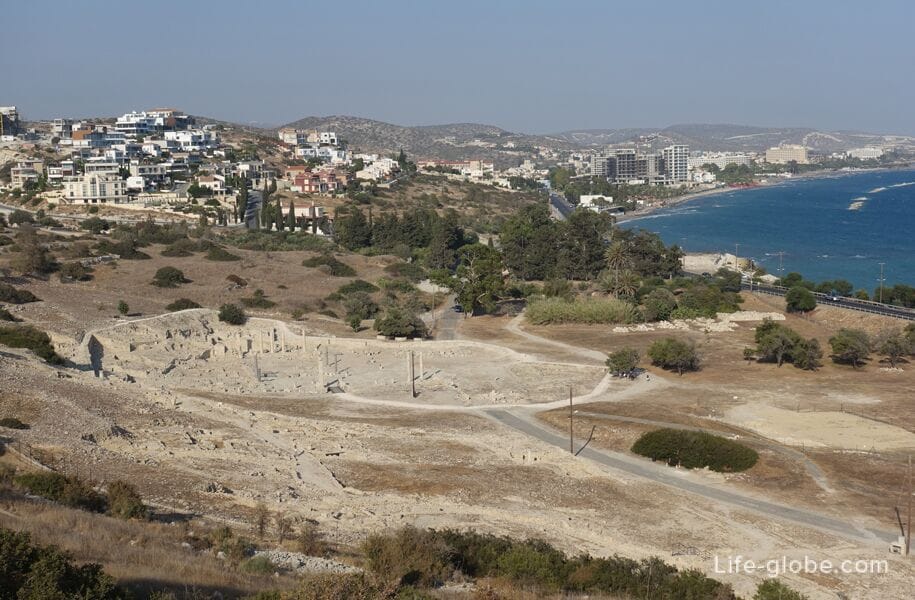

On the East side of the ruins of the lower town is the little Church of Agia Varvara (Ag Varvaras Church / Εκκλησία Αγίας Βαρβάρας).
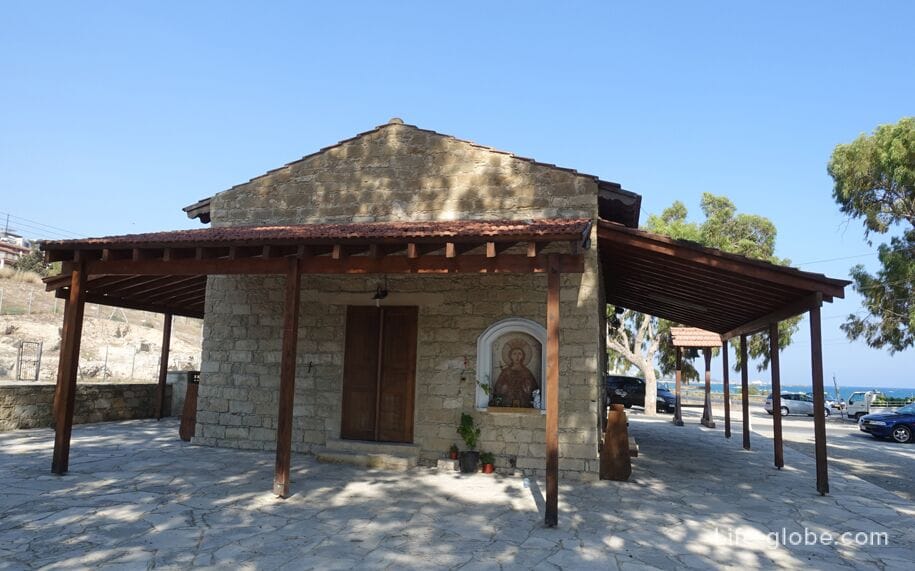
Next to the ruins of Amathus, on the beach Woppa, considered one of the best beaches of Limassol, is located in the same 5-star Amathus luxury Beach, surrounded by gardens and with direct access to the beach. It offers two outdoor pools, indoor saltwater pool, five restaurants and a Spa.


The ruins of Amathus are located in the district of Limassol in the municipality of Agios Tychonas, near the waters of the Mediterranean sea, 10 kilometres East from the historical centre of Limassol (Molos promenade and the old city) and 56 km West from the centre of Larnaca.
You can get there by car. Road B1. Parking is available near the entrance to the lower town. If there from the centre of Limassol, the Park and the excavation will be located on the left side. If Larnaca is on the right side. The road there is a pointer. Car hire in Cyprus...
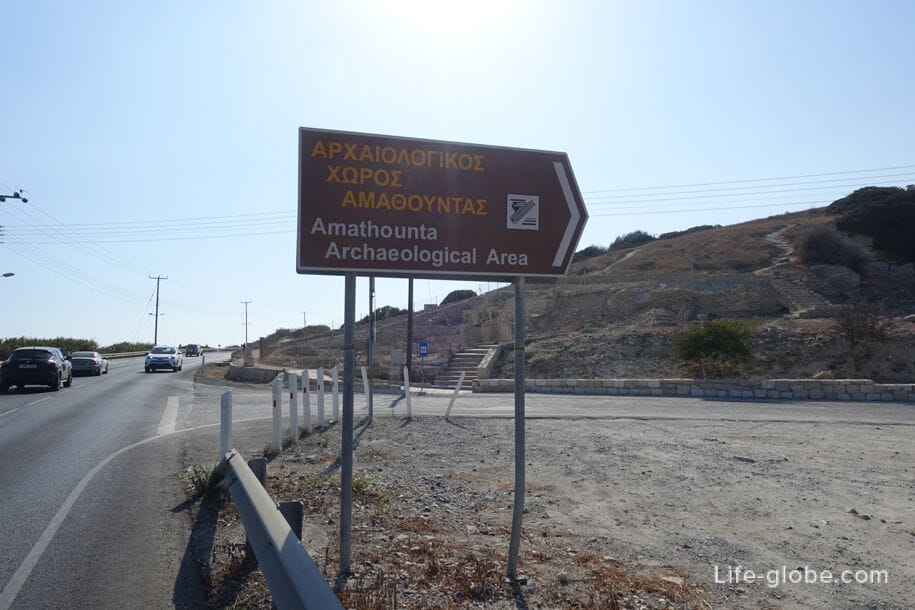

Buses from Limassol centre
Buses №№ 30, 33, 80, 95, 95A passing on the road B1, the stop is called "Ancient Amathountos".
The Acropolis of Amathus can be lifted as in the South-Eastern and South-Western slope of the hill. If an ascent from the South-West, then you can get on one stop before - "Amathus Hotel Bus Stop". After seeing the upper town, down the Southeast path and see the ruins of the lower city. You in reverse - no difference. Also there is a stop near the Church of Agia Varvara - the following in an easterly direction after stopping "the Archaeological site of Amathous".
The fare is € 1.50. A day ticket is 5 Euro. Pay to the driver at the entrance.
Walking distance from the centre of Limassol
You can walk, as the sidewalk along the road B1, and along the line of the sea.
On the coastal trail in the Eastern part of the beach Loures is a transition that leads to the ruins of Amathus bottom. Here is a pointer.
